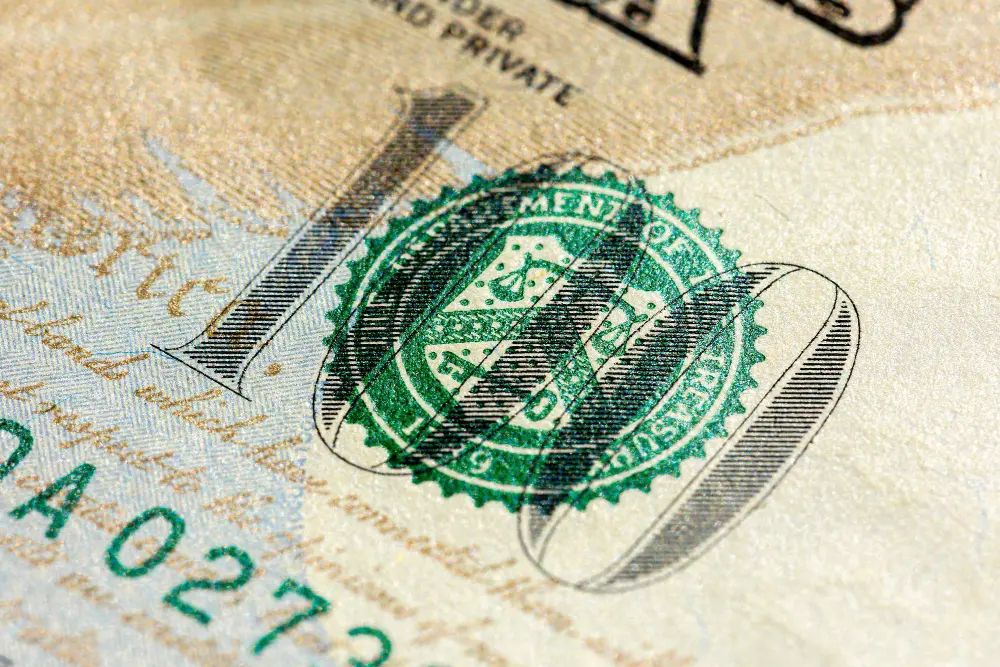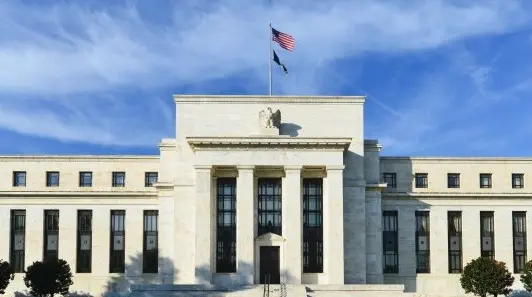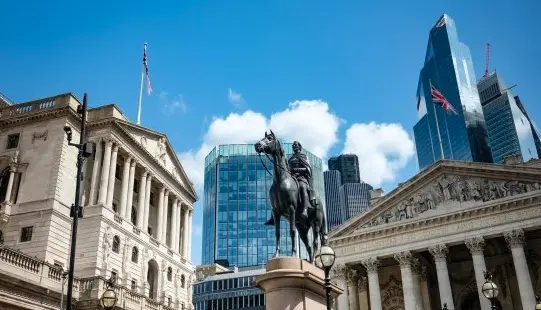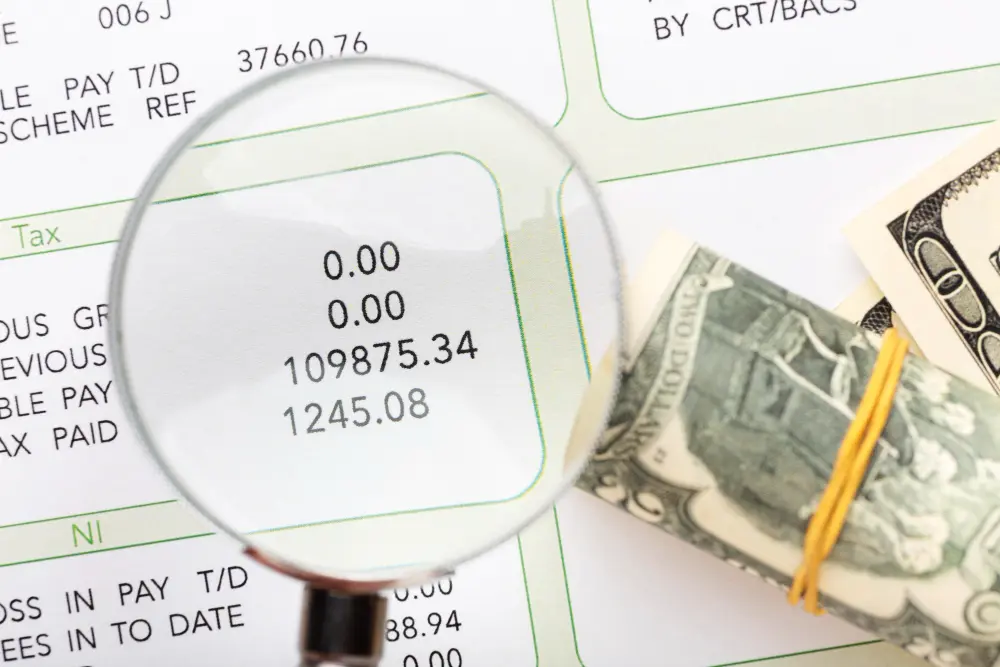Lloyds Banking Group Q1 23 – 03/05 – Lloyds has also had a difficult quarter share price wise, pushing up to one-year highs in early February in the aftermath of its full year numbers, before sliding to its lowest levels since November last year as the March turmoil in the banking sector clobbered valuations. The bank has been a serial underperformer over the past 5 years despite being more profitable than it was when it was trading above 70p back in 2019. Lloyds full year numbers showed statutory pre-tax profit of £6.9bn, despite £1.51bn in impairments, and is still very profitable. Net interest margin rose to 3.22% in Q4, up from 2.98% in Q3, pushing annual interest margin up to 2.94%, a 40bps increase from 2021. A final dividend of 1.6p was announced, pushing total dividend per share to 2.4p, an increase from 2p last year, with the bank implementing a new £2bn share buyback. If there was a weakness it was in costs, which are rising, coming in at £9.1bn in 2022, and are set to rise over the next 2 years. On the outlook Lloyds said it expects to see net annual interest margin to improve to greater than 3.05%, up from its previous estimate of 2.8%, while operating costs are set to remain static at £9.1bn, rising to £9.2bn in 2024. On taxes the bank paid £1.37bn and expects to pay a 27% effective tax rate for 2023, which includes the impact of the rate of the banking surcharge and the increase in corporation tax, from 19% to 25%, which are set to come into effect in April.
Shell Q1 23 – 04/05 – following on from BP earlier in the week the focus will shift to Shell whose share price has, like BP's, slipped back from the highs seen in early March, primarily over demand concerns and lower energy prices. In February annual profits rose to a record $39.87bn, over double the numbers returned in 2021, and comfortably beating the previous record set in 2008 of $28.4bn. The integrated gas division performed the best during the Q4, with profits of $5.97bn, followed by the upstream business with $3.06bn. The renewables part of the business contributed $293m in profits to the Q4 numbers, down from $400m in Q3. For 2023 Shell said that it expects to invest between $23bn and $27bn, while looking to integrate its oil and gas and LNG divisions as part of a broader effort to streamline the business. The renewables operation will be rolled into the oil refining and marketing operations and will take place from 1st July. Shell set aside $1.9bn in its Q4 numbers in respect of provision for the EU solidarity contribution and the UK's Energy Profits Levy, pushing total charges for the year to $2.3bn. When broken down into its component parts Shell paid a total of $802m for the year in respect of the UK windfall tax. As we look to this weeks Q1 numbers revenues are likely to be lower than they were in Q4 given weaker demand and lower prices.
Apple Q2 23 – 04/05 – Apple shares have held up reasonably well over the last quarter and has been notable in being one of the few tech companies that hasn't announced widespread job cuts, with the shares trading at their highest levels this year, with very little dip in the sell-off seen in March. Its almost behaving like a safe haven asset than a tech company. Its Q1 numbers helped push the shares up through $150 and up through the 200-day SMA even as the company reported Q1 revenues of $117.15bn, below the previous record of $123.95bn the year before. This was still a solid performance even with the various supply chain disruptions that affected the business at the end of last year. Profits also came in lower at $1.88c a share. When the numbers were broken down, there was weakness across the board, iPhone sales fell well short at $65.78bn, against an expectation of $68.3bn. Mac revenue was also disappointing at $7.74bn, $2bn below expectations, although iPad revenue beat forecasts, coming in at $9.40bn, above the $7.78bn estimate. Wearables also fell short of expectations, despite the release of 3 new Apple watches and the new AirPods Pro, suggesting that consumer appetite for incremental upgrades is waning. For the upcoming quarter Apple said they also expected to see a similar 5% decline in their Q2 revenue numbers, the first time we've seen such declines since 2016. On a side note, Apple may have benefited from the recent banking turmoil after it launched a banking service and a new savings account with a 4.15% interest rate, although you need to have an Apple credit card to qualify. Q2 profits are expected to come in at $1.43c a share and revenues at $92.56bn.
















































































